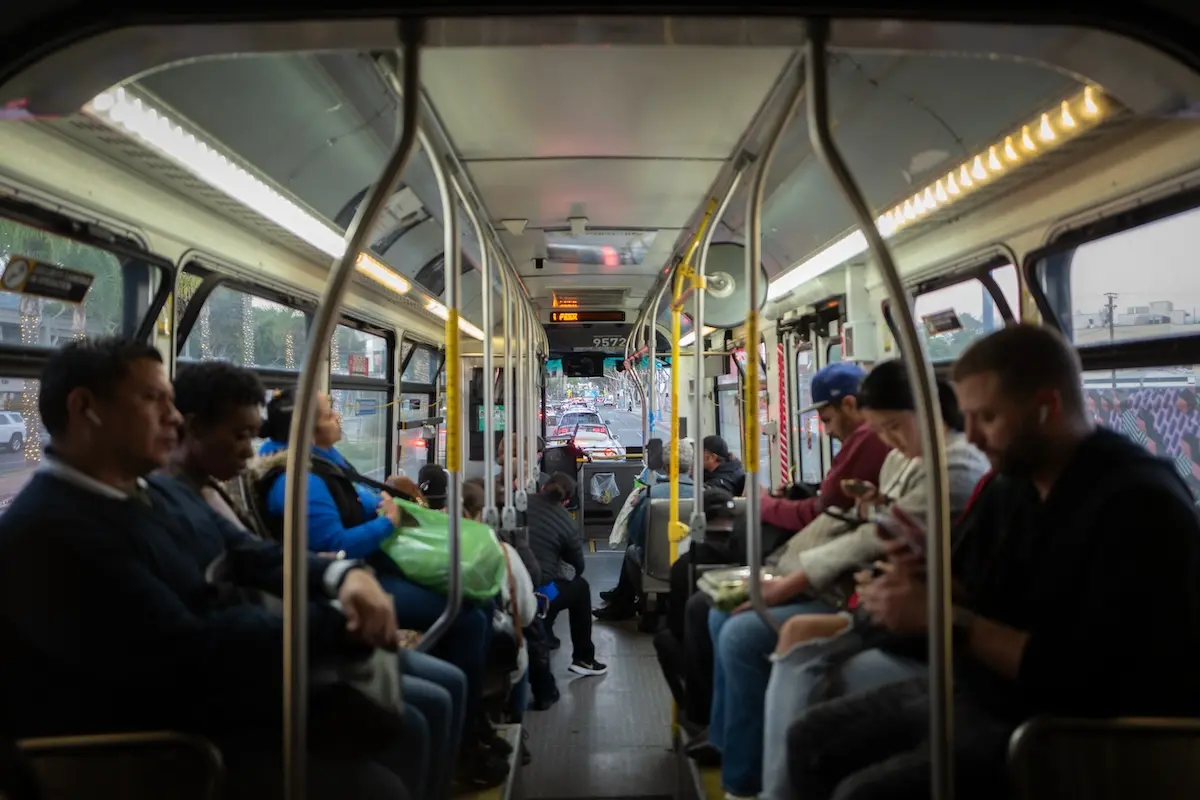
In August 11, 2015, the Los Angeles City Council overwhelmingly approved Mobility Plan 2035 as an update to the City’s General Plan Transportation Element. The Mobility Plan lays a foundation for upgrades to more than 2,500 miles of city streets to better support movement for drivers, pedestrians, transit riders, and cyclists. Specifically, the Mobility Plan prioritizes road safety – the very first plan objective is: “Vision Zero: Decrease transportation-related fatality rate to zero by 2035.” Unfortunately, the city has failed to execute on its promises, only implementing 5% of Mobility Plan mileage since 2015. At the current rate it will take 160 years to build our minimum network of safe streets in Los Angeles – meanwhile, people will die. Traffic related deaths are at an all time high; 336 people were killed just last year. Car crashes are the #1 killer of children in LA County. The LA Times reports “the traffic carnage in L.A. in 2022 outpaced national trends.” Implementing the mobility plan is more critical than ever - it will unequivocally make our streets safer. Last year, more than half of crashes that resulted in deaths or severe injuries occurred on streets missing planned mobility plan safety improvements despite them making up less than 25% of streets in LA. While the Mobility Plan sets out a number of goals, Measure HLA focuses on the plan's six Mobility Networks as tangible and measurable expectations from the city. The promise of these completed networks is a city that’s easier to get around. Where moving through Los Angeles is safe and dignified for all users. Where kids can walk to school safely. Where hours aren’t wasted in traffic every day. Where taking the bus is quick and easy. Click a network to explore it.
Each year the city of Los Angeles repaves around 500 miles of streets, or 6.6% of city roads. Each resurfacing requires LADOT to re-stripe the street afterwards - an opportunity to implement the Mobility Plan at minimal cost. Measure HLA ties it to street repaving. We followed the examples of other cities like Cambridge, Massachusetts; Providence, Rhode Island; and Seattle, Washington. Every time a street is repaved, any corresponding Network Mobility Plan improvements must be implemented. We also put some common sense boundaries in place to make sure the city can still make quick road fixes for things like routine pothole repair, utility cuts, or emergency repairs. If Measure HLA passes, the majority of the Mobility Plan will be fully implemented in 5-15 years, instead of the 160 years of our current pace. Measure HLA does two additional things. First, it mandates the city build an open data portal to share with the public Mobility Plan implementation progress within a year of being passed, including planned and installed improvements. It also has a clause to allow residents to sue the city for not following the new rules set out in this ordinance, and be awarded litigation costs to make sure any Angeleno can hold the city accountable without financial burden.
